Steel Choice and Other Matters of Faith

By Nick Shabazz
There are few things that knife geeks love more than complaining about steel composition. If you put five knife nuts in a room, you’ll have 10 opinions on the ‘best’ steels, and these opinions are hugely important to many knife folks when making buying decisions. This leads to steel snobbery (which I am certainly very guilty of), and the development of very strong, almost faith-like beliefs about what steel chemistries are acceptable or not in a modern folding pocketknife. And it means that for many, despite modern steels being perfectly acceptable for most daily use, one of the most crucial features of a new knife winds up being what’s printed on the side of the blade.
It’s no surprise then that shrewd knife companies have come to use steel choice as a means of differentiating their knives from the crowd, particularly in the hyper-competitive budget and midrange market. As the fawning reactions from the community prove, offering a high-end steel in a mid-range or budget-friendly knife can be a recipe for serious sales, and can turn a ho-hum folder into the toast of the town. So, we’ve got a world in which enthusiasts are clamoring for a high-end steel at low-end prices, and makers are richly rewarded with publicity and sales when they deliver. And this is the perfect scenario for a steel scandal.
Each time it happens, it’s pretty much the same. Whether due to putting bar-stock A on shelf B, unscrupulous OEMs, or true desire to put one over on the customer, a maker prints a high-end steel’s name on a low-end steel blade, and the knives get released to the general public. All is quiet for a while, but then, whether it’s an unexpected patina on a stainless steel, sharpening that just feels wrong, or more rarely, actual testing revealing poor performance, somebody raises the flag, and the whole community jumps in and starts testing. At this point, we find out whether it’s a systematic issue or an isolated incident, and crucially, we see how the maker handles it. There is much grumbling, many refunds, and after a while, the community moves on, and the bruised brand either recovers, or fades away.
Despite being hugely dramatic, and a make-or-break public relations moment for any knifemaker caught with a mis-labeled blade, these steel scandals ultimately aren’t that interesting or unique. What’s fascinating to me about these scandals is what they tell us about the knife community, namely, that the metallurgical emperor is naked as a jaybird.
Because in these scandals, there’s often a period of lag. A period where the knives are in users hands, and everybody is, by-and-large, happy. Users are carrying, using, and sharpening their knives, and perfectly content with their brand new super-steel blade. And even in cases where every last knife in a run is revealed to be a mis-labeled steel, all is quiet on the knife-nerd front, until somebody cuts that fateful apple or does some sort of test and reports it publicly, and only then, once people start looking at testing, does all hell break loose. In fact, these lag periods make it seem like many of us folks who wouldn’t be caught dead carrying a cheapo steel are perfectly willing to do so without complaint, so long as the right letters and numbers are printed on the side of the knife.
This reveals an awkward truth about the cutlery world: For many knife collectors, ‘high end steel’ is more a matter of faith and belief than a matter of functionality. If you’re regularly rotating through your collection of many knives, no one of them sees a huge amount of use and wear in a short period of time. And particularly if your use for those knives is relatively light ‘boxes-and-envelopes’ sort of fare and you’re a careful and regular stropper, it might be weeks or months before you notice declining edge performance for any given piece in your collection, even those with lower-end steels. Put differently, if some very eccentric bandit snuck into my home and secretly replaced the blade on one of my personal knives with an identical one made of AUS-8, I’m vaguely embarrassed to think how long it might take me to notice, even despite the fire and brimstone I regularly preach on the matter.
Of course, there are exceptions here, collectors who use their knives hard and often, folks in rust-prone areas depending on super stainless steels, or light-use collectors having heavy-use days. The moment you’re putting in harder work, you’ll start to feel the differences between cheapo steels and modern powder metallurgy, but the fact remains that for many knife geeks, anything north of “surgical stainless” is going to put in acceptable work, and there’s not much work to put in. And so, as much as I extol the virtues of higher end steels, the more I think about it, the more I must admit: for me, the letters on the blade are more a matter of feelings than functionality.
So, it’s no wonder that these steel scandals happen, that they can take a while to catch, and that the reaction is so furious when they do. Just as an office worker in Arizona who wears shark repellant every day might still feel betrayed to find out he was just dabbing on water, even if many collectors don’t actually need the higher end steel, there’s something deeply unsettling about companies selling us a level of performance that they’re not delivering.
Now, mind you, I don’t think the trend towards higher-end steels is a bad thing. Not only does an ever-raising bar for steel help to push metallurgy forward for cutlery, but it also provides yet another way for makers, particularly of high-end pieces, to demonstrate that they really do give a damn. And of course, there’s a benefit for harder users, as selling 15 over-performing knives to people who just open envelopes subsidizes the same knife for a guy who breaks down boxes and cuts rope in a salt marsh all day long. So, even if most modern steels are good to go, there’s no harm in raising the bar.
But this does leave the community in this awkward spot where we’re increasingly valuing levels of performance that we can’t readily evaluate in our daily lives. Unless we’re using our knives hard, living in a corrosion-prone area, or have enough sharpening experience to know how steels should feel on a stone, we’re taking that steel type etching on the blade as a matter of trust. And trust is fine, it’s a beautiful thing, but you need to know you’re doing it, and you need to do it smartly. This is why I always advocate buying from brands, makers, suppliers, and vendors who have earned this trust, who have a commitment to the community, who do right by customers, and when there are problems, who make them right without deception or ugliness.
But, as the Russian proverb goes, “trust, but verify”. So it’s important that people in the community who do use their knives hard and carry them in tough conditions report their experiences, so that we know what holds up, and what falls behind. There’s also an important role for enthusiasts who conduct actual tests of things like stainlessness and edge performance, to catch when the marketing diverges from the knifemaking. Even if it’s just backyard science posted on forums, every person looking carefully at their gear provides data, and those data combined from many sources can serve as an important check, and a way for the community to better understand the real-world consequences of abstract chemical choices. But it’s important that we as a community look at these data fairly, attempting to avoid fanboy-ism and bias, if we want to understand the difference between hype and actual functional benefit.
And it’s important that we keep a bit of perspective, personally. Absolutely, makers should always be improving, and steel improvements can have a serious functional benefit for harder users of the blades, so there’s no harm in keeping the pressure on makers who are behind the times. But it’s also easy to get caught up on the hype train, and to buy a crappy knife on the basis of the letters on the blade, or to discount a well-made piece entirely because the maker chose to sacrifice some steel to hit a more competitive price point. Maybe someday, I’ll even be able to practice what I preach.
But mostly, we need to remember that at the end of the day, it’s a cutting tool. And if it does what we need it to, when we need it to, for long enough to get the job done, as long as the maker’s being honest, no matter what the blade says, it’s good to go. And for a good tool meant for doing good work, that’s what ultimately matters.
But I’m just one jackass, with one opinion. Different grinds for different kinds.
Nick Shabazz is a gear geek and reviewer of knives, watches, pens, and life in general. You can find Nick on YouTube, Instagram, or at nickshabazz.com.


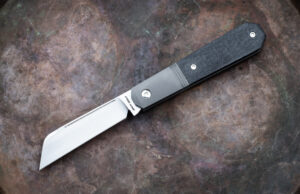
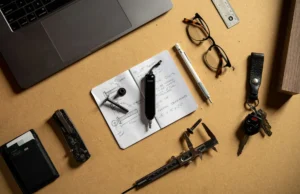
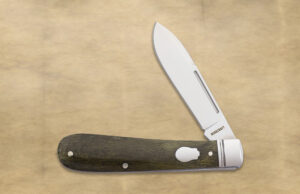
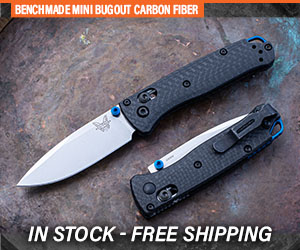






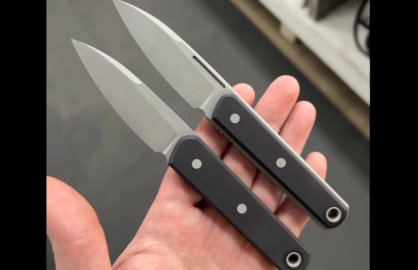

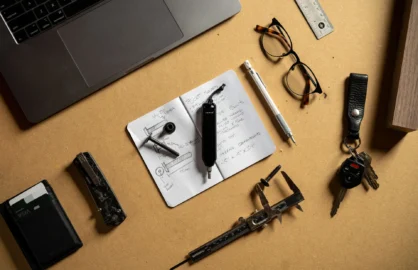
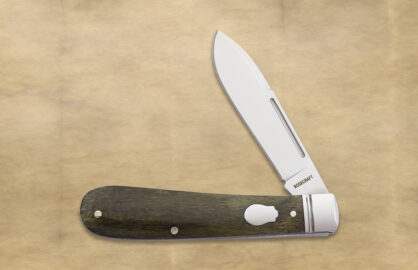
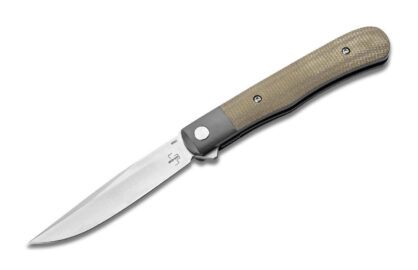
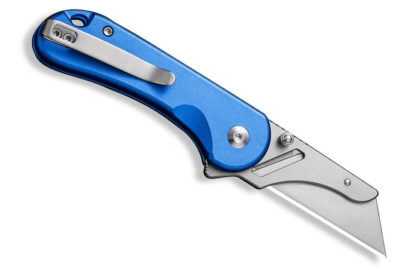



0 comments